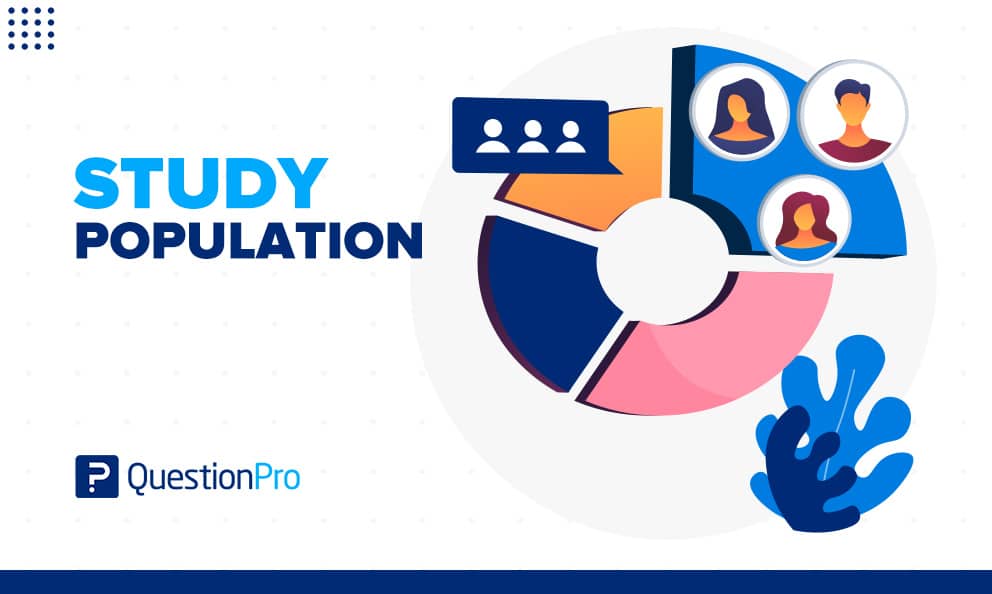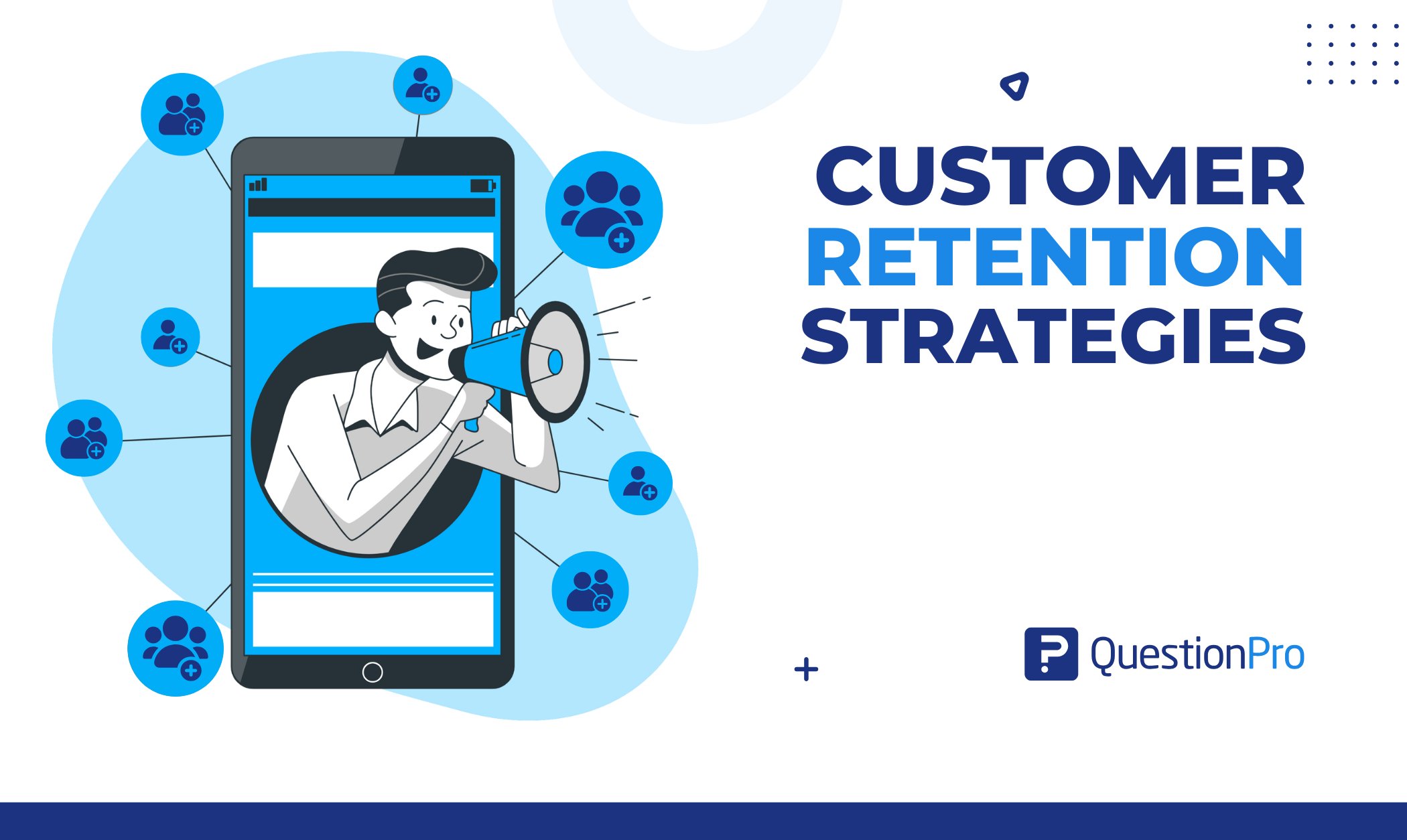
How do you define a study population? Research studies require specific groups to draw conclusions and make decisions based on their results. This group of interest is known as a sample. The method used to select respondents is known as sampling.
What is a Study Population?
A study population is a group considered for a study or statistical reasoning. The study population is not limited to the human population only. It is a set of aspects that have something in common. They can be objects, animals, measurements, etc., with many characteristics within a group.
For example, suppose you are interested in the average time a person between the ages of 30 and 35 takes to recover from a particular condition after consuming a specific type of medication. In that case, the study population will be all people between the ages of 30 and 35.
A medical study examines the spread of a specific disease in stray dogs in a city. Here, the stray dogs belonging to that city are the study population. This population or sample represents the entire population you want to conclude about.
How to establish a study population?
Sampling is a powerful technique for collecting opinions from a wide range of people, chosen from a particular group, to learn more about the whole group in general.
For any research study to be effective, it is necessary to select the study population that truly represents the entire population. Before starting your study, the target population must be identified and agreed upon. By appointing and knowing your sample well in advance, any feedback deemed useless to the study will be largely eliminated.
If your survey aims to understand a product’s or service’s effectiveness, then the study population should be the customers who have used it or are best suited to their needs and who will use the product/service.
It would be costly and time-consuming to collect data from the entire population of your target market. By accurately sampling your study population, it is possible to build a true picture of the target market using the trends in the results.
LEARN ABOUT: Survey Sampling
Choosing an accurate sample from the study population
The decision on an appropriate sample depends on several key factors.
- First, you decide which population parameters you want to estimate.
- Don’t expect estimates from a sample to be exact. Always expect a margin of error when making assumptions based on the results of a sample.
- Understanding the cost of sampling helps us determine how precise our estimates need to be.
- Know how variable the population you want to measure is. It is not necessary to assume that a large sample is required if the study population is large.
- Take into account the response rate of your population. A 20% response rate is considered “good” for an online research study.
Sampling characteristics in the study population
- Sampling is a mechanism to collect data without surveying the entire target population.
- The study population is the entire unit of people you consider for your research. A sample is a subset of this group that represents the population.
- Sampling reduces survey fatigue as it is used to prevent pollsters from conducting too many surveys, thereby increasing response rates.
- Also, it is much cheaper and saves more time than measuring the entire group.
- Tracking the response rate patterns of different groups will help determine how many respondents to select.
- The study is not only limited to the selected part, but is applied to the entire target population.
Sampling techniques for your study population
Now that you understand that you cannot survey the entire study population due to various factors, you should adopt one of the sample selection methodologies that best suits your research study.
In general terms, two methodologies can be applied: probability sampling and non-probability sampling.
Sampling Techniques: Probability Sampling
This method is used to select sample objects from a population based on probability theory. Everyone is included in the sample and has an equal chance of being selected. There is no bias in this type of sample. Every person in the population has the opportunity to be part of the research.
Probability sampling can be categorized into four types:
- Simple Random Sampling: Simple random sampling is the easiest way to select a sample. Here, each member has an equal chance of being part of the sample. The objects in this sample are chosen at random, and each member has exactly the same probability of being selected.
- Cluster sampling: Cluster sampling is a method in which respondents are grouped into clusters. These groups can be defined based on age, gender, location, and demographic parameters.
- Systematic Sampling: In systematic sampling, individuals are chosen at equal intervals from the population. A starting point is selected, and then respondents are chosen at predefined sample intervals.
- Stratified Sampling: Stratified random sampling is a process of dividing respondents into distinct but predefined parameters. In this method, respondents do not overlap but collectively represent the entire population.
Sampling techniques: Non-probabilistic sampling
The non-probability sampling method uses the researcher’s preference regarding sample selection bias. This sampling method derives primarily from the researcher’s ability to access this sample. Here the population members do not have the same opportunities to be part of the sample.
Non-probability sampling can be further classified into four distinct types:
- Convenience Sampling: As the name implies, convenience sampling represents the convenience with which the researcher can reach the respondent. The researchers do not have the authority to select the samples and they are done solely for reasons of proximity and not representativeness.
- Deliberate, critical, or judgmental sampling: In this type of sampling the researcher judges and develops his sample on the nature of the study and the understanding of his target audience. Only people who meet the research criteria and the final objective are selected.
- Snowball Sampling: As a snowball speeds up, it accumulates more snow around itself. Similarly, with snowball sampling, respondents are tasked with providing references or recruiting samples for the study once their participation ends.
- Quota Sampling: Quota sampling is a method where the researcher has the privilege to select a sample based on its strata. In this method, two people cannot exist under two different conditions.
LEARN ABOUT: Theoretical Research
Advantages and disadvantages of sampling in a study population
In most cases, of the total study population, perceptions can only be obtained from predefined samples. This comes with its own advantages and disadvantages. Some of them are listed below.
Advantages
- Highly accurate – low probability of sampling errors (if sampled well)
- Economically feasible by nature, highly reliable
- High fitness ratio to different surveys Takes less time compared to surveying the entire population Reduced resource deployment
- Data-intensive and comprehensive Properties are applied to a larger population wideIdeal when the study population is vast.
Disadvantages
- Insufficient samples
- Possibility of bias
- Precision problems (if sampling is poor)
- Difficulty obtaining the typical sample
- Lack of quality sources
- Possibility of making mistakes.
At QuestionPro we can help you carry out your study with your study population. Learn about all the features of our online survey software and start conducting your research today!







